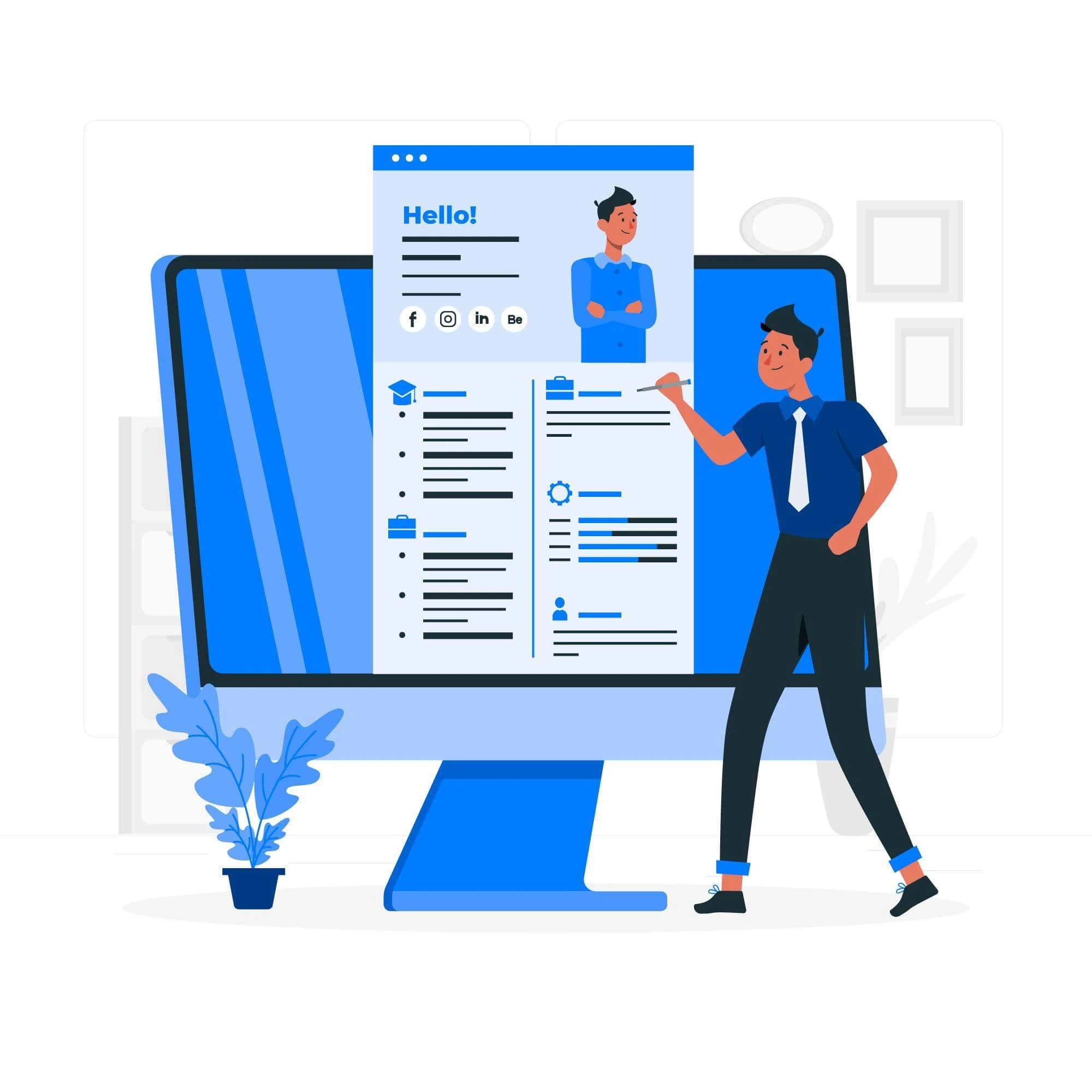Objective
Recruitment tech has advanced quickly. This has increased the demand for automation in hiring. HR professionals face a big challenge. They must manually sort through many resumes, which is very time-consuming. This process involves extracting key details from candidate resumes. These include their education, work experience, and certifications. The problem is made worse by the different resume formats and the unstructured data.
This case study aimed to develop a Resume Parsing API. It should automatically extract key values from resumes and CVs. The API was designed to parse three key areas of a resume: Education, Work Experience, and Certifications. The goal was to speed up recruitment. We aimed to automate the extraction of key candidate info. This would save time and cut manual work.

Challenges in Resume Parsing
The need for a Resume Parsing API arises from the complex nature of resumes. Unlike structured data sources, resumes can be in many formats. They may be PDFs, Word documents, or plain text. These formats can be inconsistent. Candidates structure their resumes differently. For example:
Resumes are unstructured. So, we must create an intelligent solution. It should recognize patterns and extract info from various formats.
Solution
The Resume Parsing API was designed to overcome these challenges. It uses advanced tech: Natural Language Processing (NLP), machine learning, and pattern recognition. The goal was to ensure that the API could extract critical information regardless of the resume’s format or structure.
The development process of the API followed a structured approach:
Data Collection and Preprocessing: A diverse dataset of resumes in PDF, DOC/DOCX, and TXT formats was collected to train the model. Preprocessing involved standardizing the data and cleaning it of unnecessary formatting, such as special characters and line breaks. It also categorized the information into sections, like Education, Experience, and Certifications.
Natural Language Processing (NLP): We used NLP to find key sections of resumes. It relied on semantic understanding. The API needed to recognize keywords like "Education", "Work Experience", "Certifications", and other similar terms that indicated specific sections of the resume. Once identified, the content in these sections was extracted and analyzed.
Pattern Matching and Machine Learning: By using pattern-matching techniques, the API could recognize different variations of the same information. For example, "B.Sc." could be parsed as "Bachelor of Science" and "MS" as "Master of Science". Likewise, machine learning models were trained to find job titles, company names, employment dates, and qualifications. These models learned from patterns in the data and became more accurate over time.
Handling Tabular Data: Some resumes use tables for key info, mainly in the Education and Experience sections. The API was designed to extract data from tables accurately. It must parse all relevant details, such as degree name, institution, and years attended.
Parsing Work Experience: Recruiters need the work experience section of a resume. It shows a candidate's professional background. The API could identify job titles, company names, and employment durations. It could also find detailed descriptions of responsibilities and achievements. It was organized by date. This made it easy for recruiters to assess a candidate's career growth.
Certification Extraction: Certifications are often scattered in resumes and may not be labeled. The API used keyword recognition and context to find certifications, even in unrelated sections. For example, we used phrases like "Certified", "Accredited", and "Diploma". We also used specific certifications like "PMP" and "AWS Certified".
Validation and Accuracy Checks: The API checked the key values for accuracy and completeness after extracting them. For example, we checked dates for a valid format. We cross-referenced job titles with company names to ensure consistency.
The Resume Parsing API was built with modern tools and libraries

Integration with Existing HR Systems
The Resume Parsing API was designed to fit into existing HR and ATS. This let recruitment teams automate parsing in their workflows. It improved the efficiency of the recruitment cycle.
Key features of the API integration included:
Outcome
The Resume Parsing API changed the game for recruitment teams. It streamlined the resume processing workflow. The results were evident in several key areas:
Efficiency: The time required to screen resumes was drastically reduced. What once took hours of manual effort could now be done in minutes. The API processed resumes in real-time, enabling faster shortlisting of candidates.
Accuracy: By eliminating the manual process, the chances of human error were minimized. The API gave consistent, accurate results. So, no vital info was missed. This was especially helpful for large volumes of resumes. Human error could easily occur.
Scalability: The API was highly scalable. It could handle hundreds or thousands of resumes at once. This made it ideal for big recruitment campaigns or for firms with many applicants.
Cost Savings: Automating the resume parsing saved the company a lot of money. HR teams could focus on strategic initiatives. Less time on manual tasks would free them. This would lead to a better use of resources.
Conclusion
The Resume Parsing API helped HR teams manage many resumes. The API used advanced NLP, machine learning, and pattern recognition. It provided a fast and accurate way to parse resumes. Automating key tasks, like extracting qualifications and work experience, saved time. It also improved the recruitment process's quality.
The Resume Parsing API is a powerful tool. Add features like skill extraction, social media integration, and soft skill analysis. As recruitment evolves in the digital age, tools like this API will be crucial. They will help organizations compete for top talent.